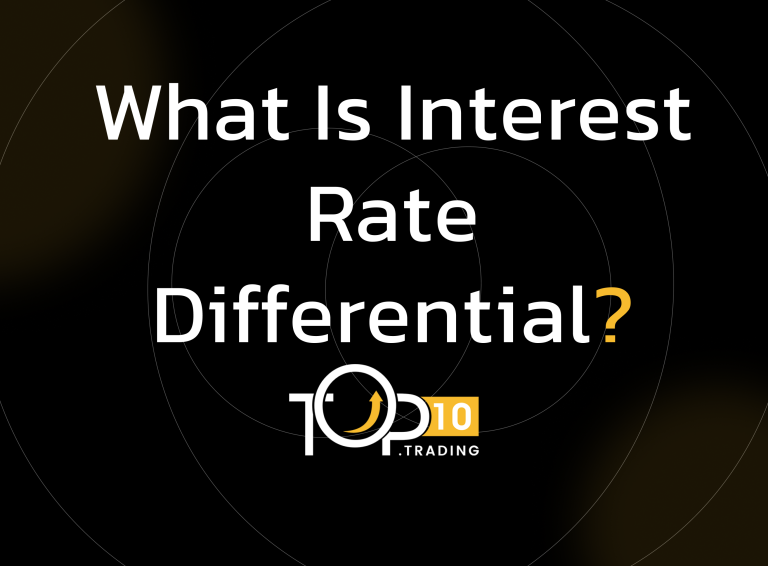Interest Rate Differential Definition

An interest rate differential (IRD) is the difference between the interest rates of two similar interest-bearing assets, often referring to the gap between interest rates in two different countries or currencies. It is a key concept in fixed-income markets, forex trading, and lending.
How Interest Rate Differential Works
- In the forex market, the IRD represents the difference between the interest rates of two countries involved in a currency pair.
- Traders use the IRD to evaluate carry trades, where they borrow in a currency with a low interest rate and invest in a currency with a higher interest rate to earn the difference.
- For example, if the interest rate in Country A is 1% and in Country B is 4%, the IRD is 3%. A trader might borrow in Country A’s currency and invest in Country B’s currency to profit from this spread.
- The net interest rate differential (NIRD) accounts for fees, taxes, and other costs, representing the actual net gain or loss from holding a currency position.
Applications of Interest Rate Differential
- Carry Trade: Investors profit by exploiting IRDs, borrowing in low-rate currencies and investing in high-rate currencies.
- Fixed-Income Trading: Comparing yields on bonds or debt instruments of different maturities or countries.
- Mortgage Lending: IRD can refer to a penalty charged when paying off a mortgage early, based on the difference between the original and current interest rates.
Importance in Forex Markets
- IRD influences currency prices and forward exchange rates based on interest rate parity.
- Traders anticipate future exchange rates by factoring in IRDs, which affect premiums or discounts on currency futures.
- The IRD is a major driver of currency flows and volatility, especially in carry trade strategies.
Key Takeaways
- The interest rate differential is the difference between interest rates of two comparable financial instruments or currencies.
- It is fundamental to carry trades, where investors seek to profit from borrowing at low rates and investing at higher rates.
- The net interest rate differential (NIRD) reflects the actual after-cost return from holding currency positions.
- IRDs affect currency valuations, forward rates, and investment decisions in global markets.
- Understanding IRD helps traders assess potential returns and risks in forex and fixed-income markets.
- By analyzing interest rate differentials, traders and investors can identify opportunities to earn yield differentials and better understand currency movements and fixed-income valuations.
